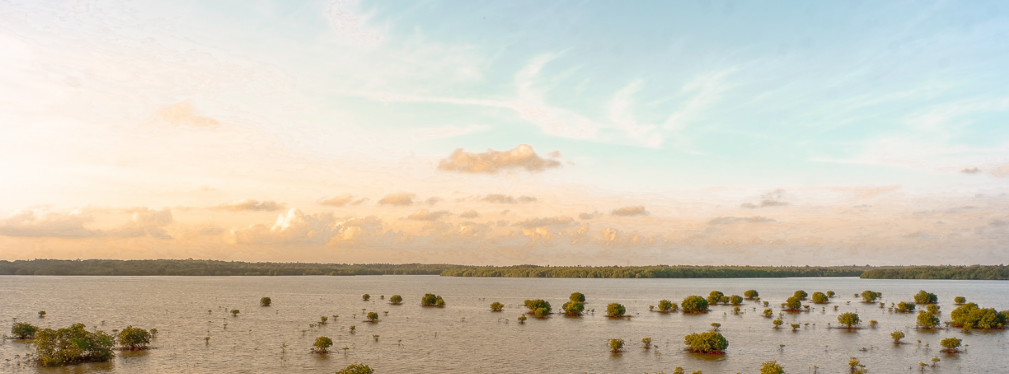Experts and leaders joined together in Montreal for two weeks of discussions focussing on the biodiversity crisis, the role of nature-based solutions is crucial to help address the various physical risks cities face, namely heatwaves and floods.
According to the United Nations, the global population is expected reach 9.8 billion by 2050, a target date for achieving net zero emissions, with 70 per cent living in cities. Ensuring cities are healthy and sustainable places to live is imperative.
Nature-based solutions are sustainable design, management and engineering practices that weave natural features or processes into the built environment to benefit both people and nature. They leverage nature, such as trees and soft landscaping, to address multiple issues at once, including water quality improvement, coastal property protection from storm surges and erosion prevention, by stabilising shorelines and hilly terrains.
Cities can enjoy numerous benefits by adopting nature-based solutions that are designed to address specific issues. These range from providing shade during warmer months and habitat for pollinators and wildlife and filtering air pollutants, to offering an increased sense of wellbeing to people by providing greenery and additional recreational spaces. Heat-retaining materials, from concrete and asphalt to steel and glass, are ubiquitous in cities, and vegetated spaces can help reduce the risk of extreme heat. The benefits of nature-based solutions also extend to urban flood risk mitigation.
Global warming has supercharged the water cycle, leading to increasingly severe and frequent rain events worldwide. This has caused floods of unprecedented scale, severely impacted communities, homes and investments. Swiss RE Institute estimates insured losses for natural disasters globally reached US$35 billion in the first six months of 2022, a 22 per cent increase on the 10-year average.
Due to the prevalence of impervious surfaces, lack of natural drainage paths, and high densities, urban areas are particularly vulnerable to the impacts of sudden, extreme downpours, leading to flash floods. Cities with antiquated wastewater systems are particularly susceptible: left with little place for water to go during extreme downpours, minor localised floods in these cities often transform into major events.
Urban floods become localised because of small-scale factors such as slight changes in topography and elevation, stormwater management infrastructure, and building design. Strategically placed nature-based solutions, such as green spaces for runoff control, can contain localised floods and keep them from expanding.
Many cities that deal with flash floods also suffer from extreme heat and the urban heat island effect, aggravated by the same non-pervious paved surfaces that radiate the heat back to the environment. This also could be mitigated by adding more planting and green spaces, creating more opportunities for natural cooling, as vegetation can deflect radiation from the sun and release moisture into the atmosphere.
Bringing green back for environmental and social cohesion
From constructed wetlands at the former London Olympic Park to urban farms in Singapore and Detroit, the range of responses developed by cities speaks to the benefits of tailored ecological approaches. In addition to environmental benefits, strategies such as urban agriculture offer social benefits, tackling food insecurity in areas of need and bringing communities together.
In Washington DC, a series of nature-based solutions, including rain gardens, were introduced to address both flooding and pollution caused by stormwater runoff flowing into the Chesapeake Bay. Financial incentives offered by local government encouraged 4,000 homeowners to join the scheme, which currently runs a waitlist.
As we look to the work ahead for a net zero carbon future, nature-based solutions can serve as an effective tool to enrich our urban spaces environmentally, socially, and economically.
Further information
Contact Dr Kat Martindale or Hyon K Rah
How can occupiers make their commercial buildings more water efficient?

.jpg)
.jpg)




.jpg)
.jpg)

